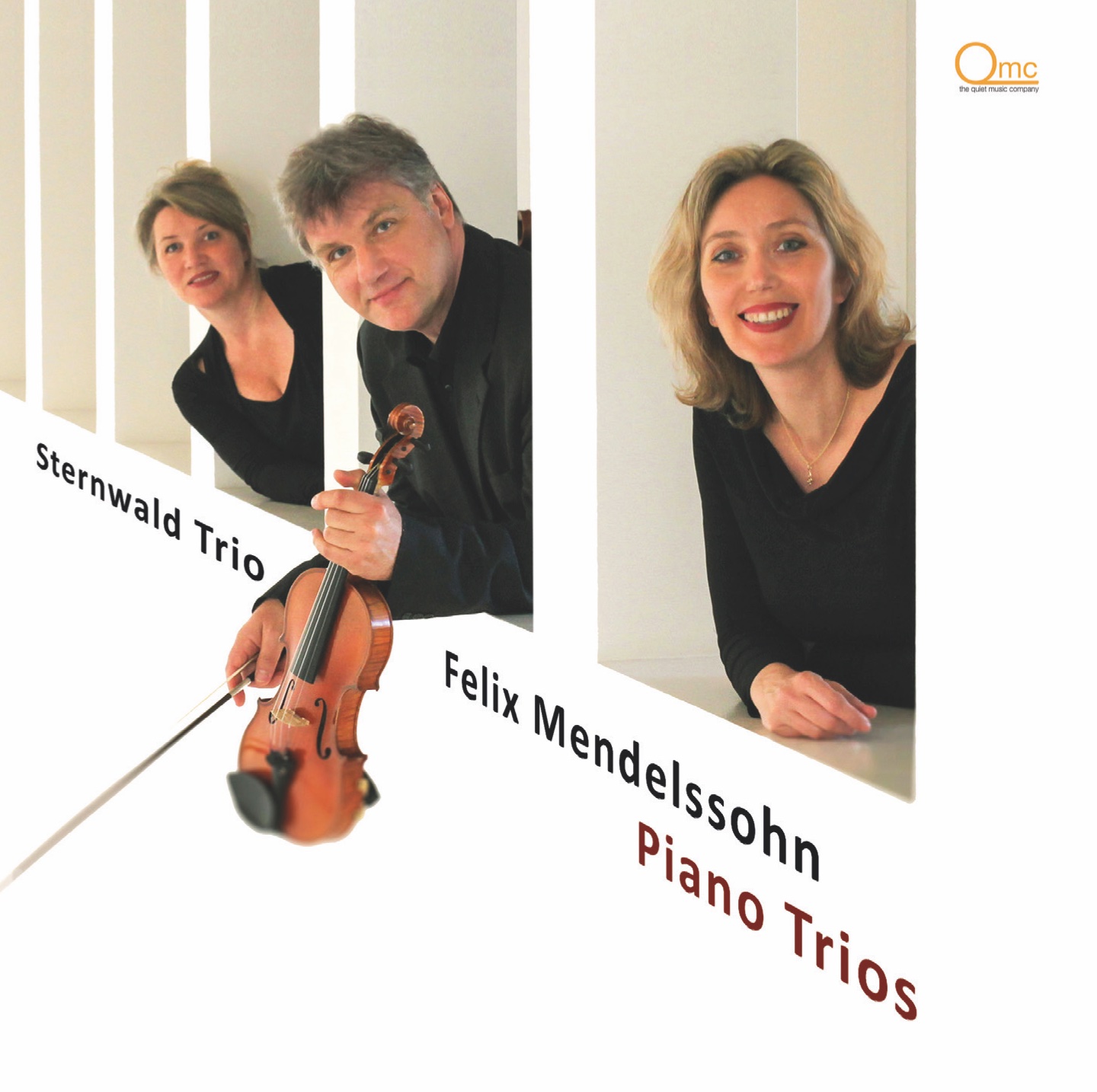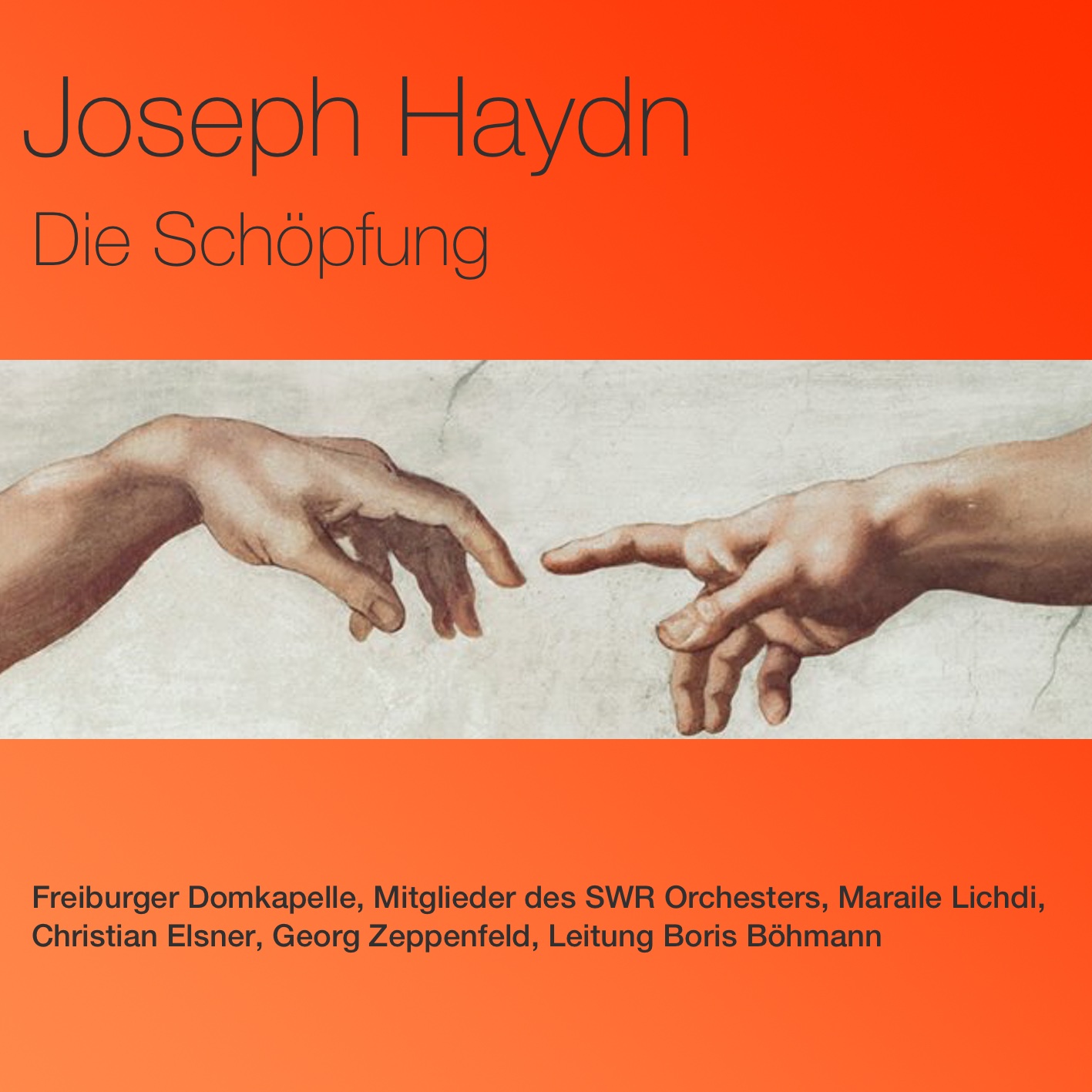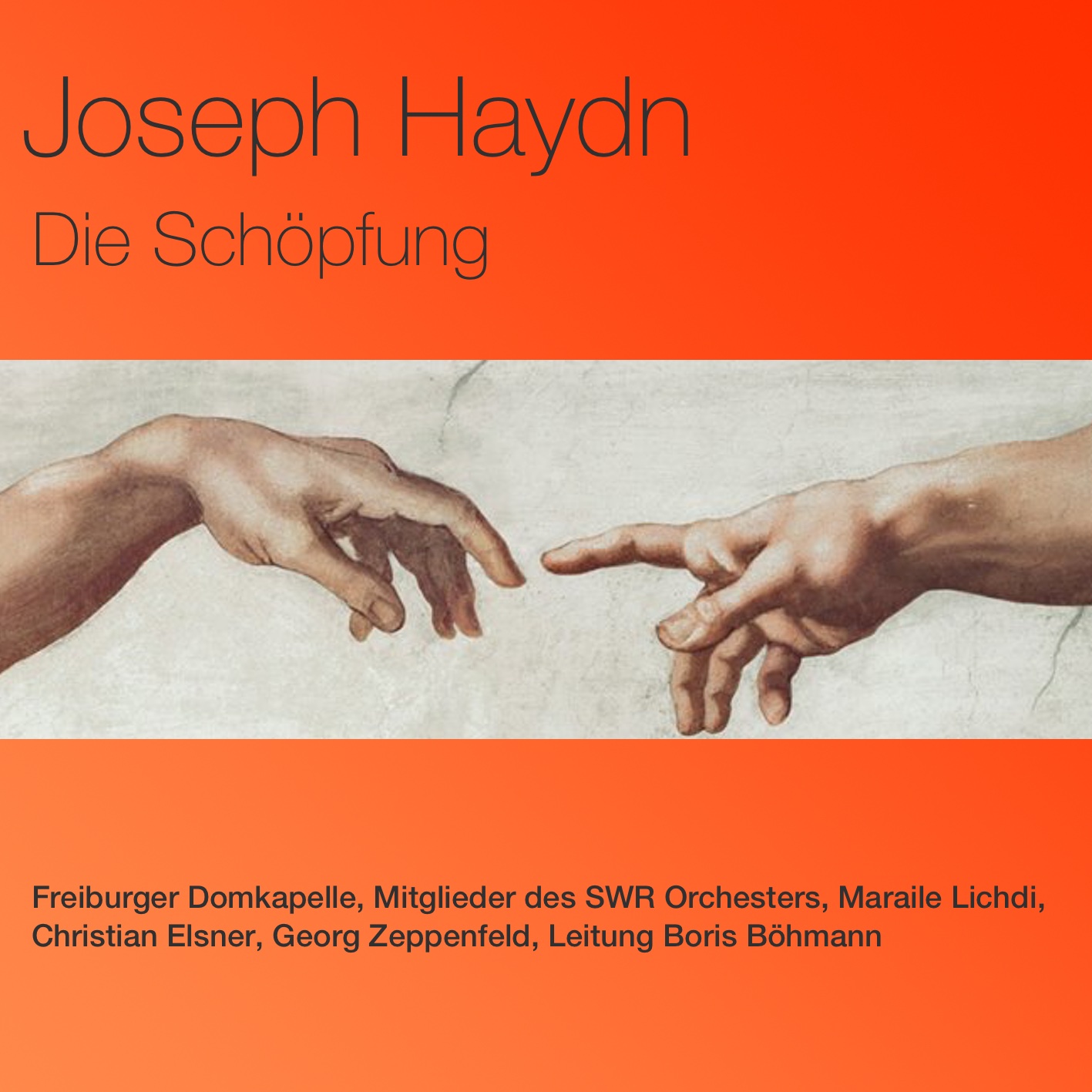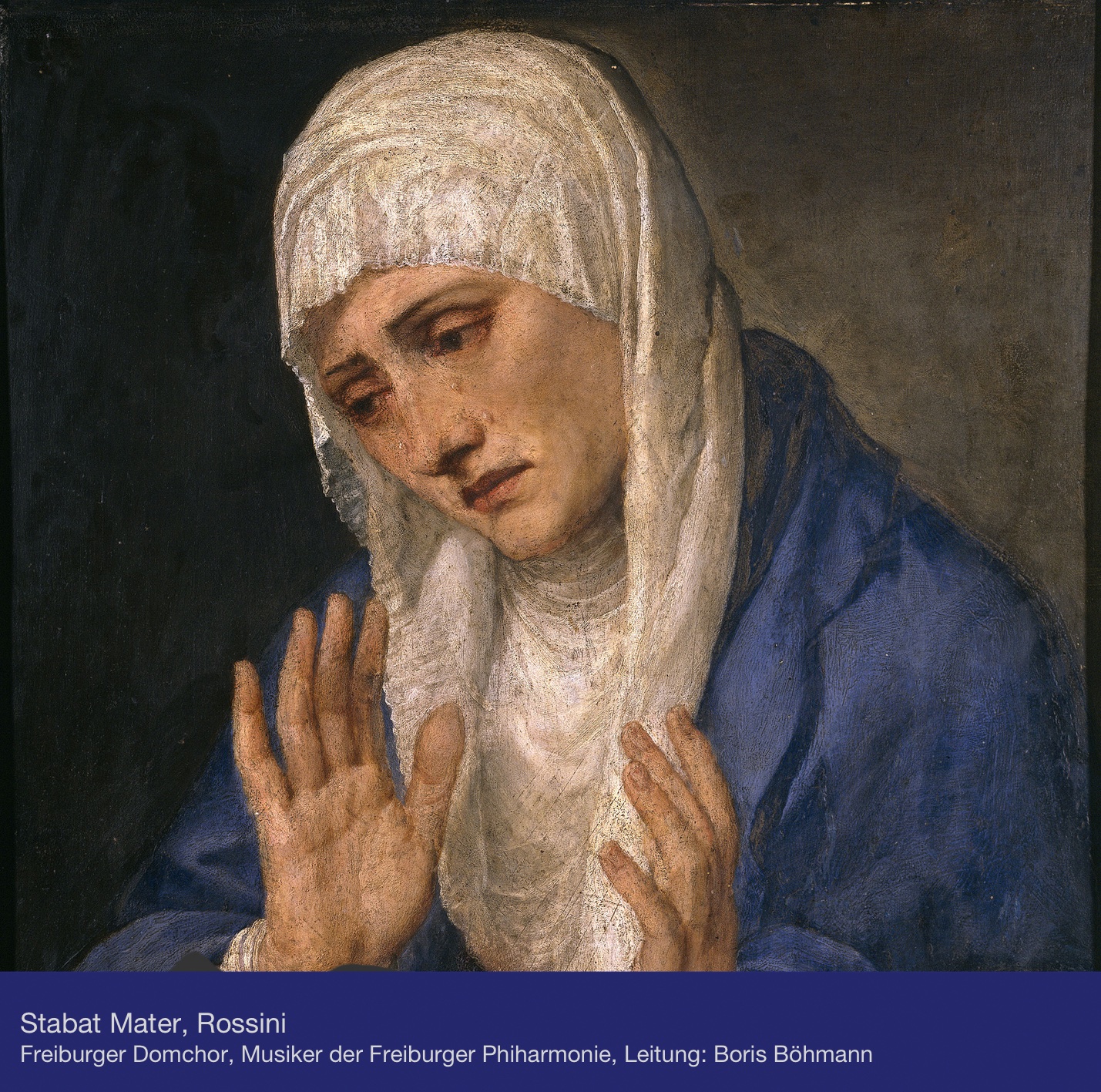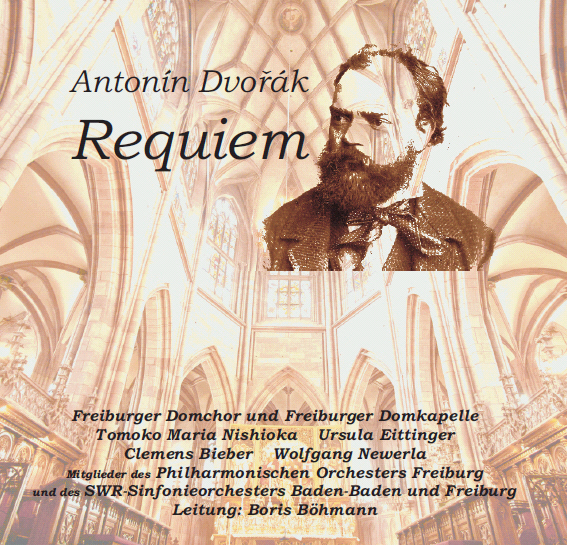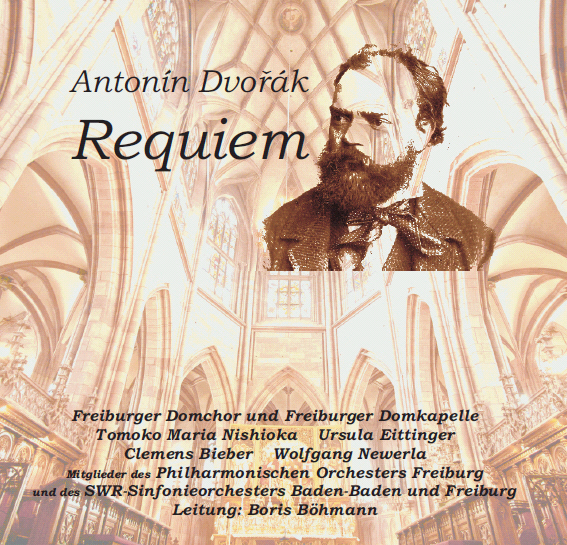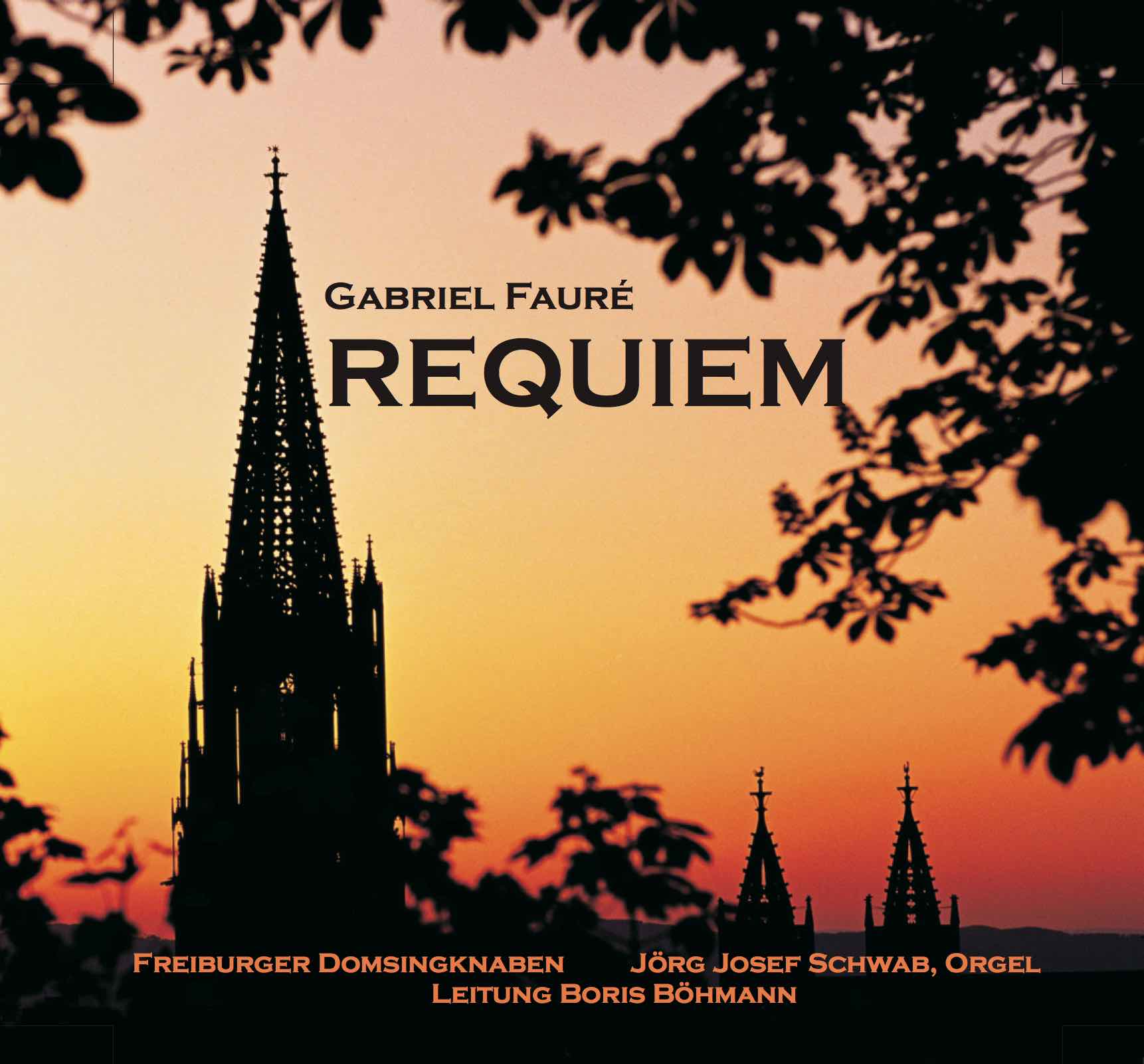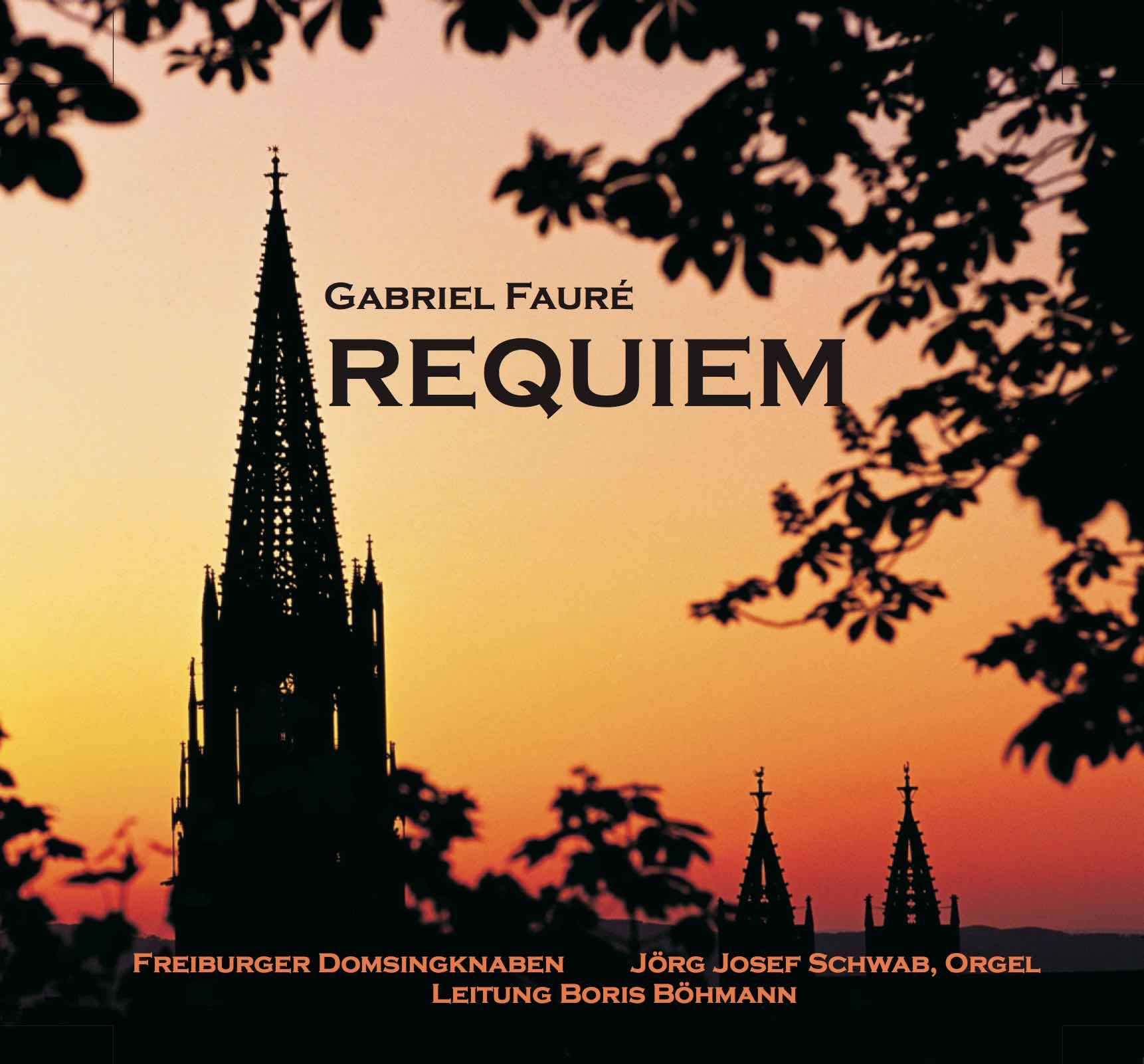
Productions
Every production is unique and different from the others. Through a careful thought-out selection of pieces, we develop a music and sound concept together with the musicians and turn ideas into perfect reality. The aesthetic of the sound thereby follows the nature and the soul of the music. The spectrum reaches from entrapping and transporting the intimacy of a whisper, highly emotional and fragile, to a "forte fortissimo" of a symphony orchestra played in the cathedral.
Sternwald Trio
Felix Mendelssohn, Piano Trios
Both of Mendelssohn's piano trios, set up and structured in a classical way, are not only great works of art, but were, in their time, anticipated by the stars of the music world such as Robert Schumann, greeted with enthusiasm. The emotional works are interpreted with an impressive firework of dynamics and tempi. The Sternwald Trio's astonishing degree of virtuosity, combined with their intimate circle of trust and ability to empathize with each other, brings out the passion of a work written by a man who wanted to express his feelings connected to the word friendship.
We focused on the natural balance and the homogeneous connection of the instruments in the sound aesthetics, and feel you can hear their honesty.
Freiburger Cathedral Choir, Members of the Southwest Broadcasting Orchestra (SWR Orchester), Maraile Lichdi, Christian Elsner, Georg Zeppenfeld, directed by Boris Böhmann
Joseph Haydn, The Creation
Have you ever pondered mankind’s relation to God? In Haydn's work, for large choir and symphony orchestra, the composers explicit stipulation thereof becomes clear as mankind's positive connection to God rises as the central theme, and delicate motives, alternate with astonishing, beaming moments thereafter. A perfect paradise. Haydn, himself, spoke openly about the religious experience he had while composing "the creation". His version of John Milton's epos "Lost Paradise" allows the choir to give a beautiful statement of praise. The Southwest German Orchestra simply shines in their instrumental performance together with soloists - baritone, Mr. Zeppenfeld, and tenor, Mr. Elsner - demonstrating refined phrasing and brilliant technique. They show us a perfect world, and stand out as a counterpoint to the otherwise impending chaos that existed before divine intervention prevailed.
Freiburger Cathedral Choir, Members of the Philharmonic Orchestra Freiburg, Tomoko Maria Nishioka, Ursula Eittinger, Prof. Reginaldo Pinheiro, Christoph Stephinger, directed by Boris Böhmann:
Gioachino Rossini, Stabat Mater
The middle aged prayer is well known for it’s touching expression of a mother’s painful loss of her crucified son, and has, set to music, a far deeper impact. It was through the various forms Rossini applied, such as aria, duet, quartet and choir, operatic arioso style, and austere a capella style and the combination there of, that his work received the recognition it deserved and was soon in a category of it's own. Composed for large symphony orchestra, recorded in Freiburg’s cathedral, whose building substance dates back to 1140 a.d., also known as the "Cathedral of Our Lady", it seems Stabat Mater found, 800 years later, the ideal acoustic and optimal setting to emphasize Maria’s sorrow.
Freiburger Cathedral Choir, Tomoko Maria Nishioka, Ursula Eittinger, Clemens Bieber, Wolfgang Newerla, Memebers of the Philharmonic Orchestra Freiburg and of the Southwest Broadcasting Ochestra (SWR Orchester), directed by Boris Böhmann:
Antonin Dvorák, Requiem
The uniqueness of Dvoraks requiem may be explained by the fact that he had no particular motive, no special occasion in mind while composing. Yet it has, despite it's concertantes approach, an unbelievable universal expressive power. Dvorak was a master in articulating a differentiated instrumental musical sound. The fundamental idea of reintroducing a theme to found a close connected created context within a piece stems from symphonic praxis. This idea takes on poetic stature in Dvorak's requiem, and gives the work a deep meaning on another level: The guiding theme exposed in the first tacts
permeates the whole work, underlining and enhancing the requiems main subject: death. Capturing the dynamical moments performed from over 200 musicians up on stage in Freiburg's cathedral gave us goose bumps. And still does.
Freiburger Domsingknaben, Jörg Schwab (Organ), directed by Boris Böhmann:
Gabriel Fauré, Requiem
The Freiburger Domsingknaben Boys Choir is famous for their pure, brilliant sound, and belongs to the best in the world. They possess a radiance, a glow within that sparks in Fauré’s finster setting of a requiem, and then spreads like a force going through the inseparable ambivalence between sorrow and loss on one hand, hope and redemption on the other.
Composed specifically for “Boys Choir” Fauré‘s Requiem was recorded in Freiburg’s cathedral, where we captured the earth shaking, majestic 32 foot register of the organ (Kontrafagott und Grand Bourdon) with frequencies as low as 16 Hertz. This requiem was also recorded and produced in surround sound, allowing listeners to emerge themselves, to dive into this deeply emotional music.

